How Highlander Works: The Immortal Franchise’s 11 Rules
Even though some movies have been hit or miss, Highlander is undeniably one of the coolest fantasy franchises ever. It features immortals participating in “the Game” and must fight and kill one another until only one survives.
Created by writer Gregory Widen, the franchise is more than just an excuse to have guys running around New York City fighting with swords. When he created the first 1986 Highlander movie, Widen developed a complex and interesting mythology.
That mythology grew and expanded as more movies were released, but it really solidified during the course of the underrated and highly popular spinoff television show, Highlander: The Series.
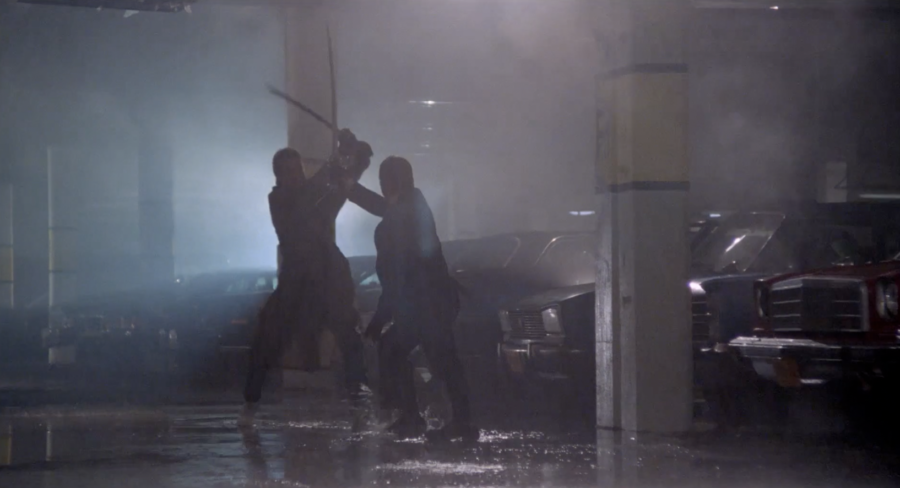
It’s the rules around the world of Highlander that make it interesting. At its core, Highlander is about beings called Immortals, who secretly live among us and battle each other for an ultimate prize. But to get that prize, those immortals must follow a set of rules and traditions that guide their actions.
Some of the franchise’s rules are less set in stone than others. A few were even thought up and then discarded later, when it didn’t make sense.
And the less said about Highlander 2, the better. We’re going to pretty much ignore everything that happened in that movie for the purposes of this article.
What we’re interested in are the franchise’s most consistent and important rules. There can be only one immortal, but there’s more than one rule to their universe.
Rule 1: There Can Be Only One
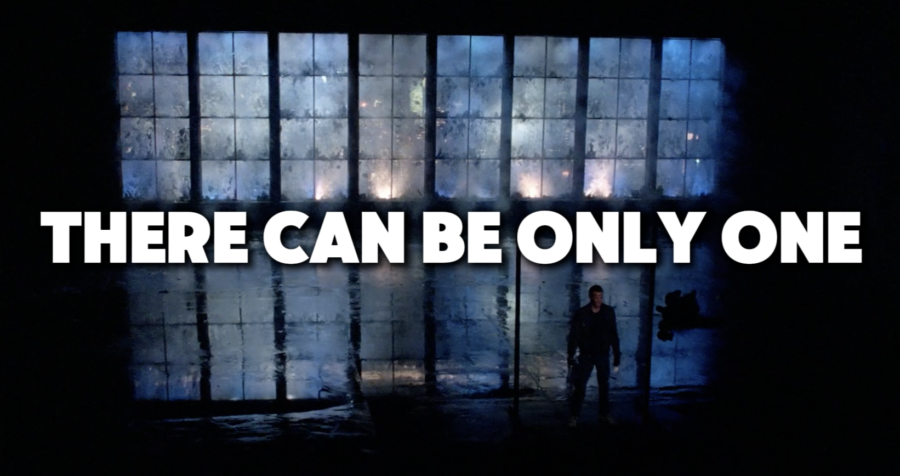
In the end, there can be only one. Every immortal knows this rule instinctively.
The last Immortal standing will be all-powerful and gain access to a prize. What that prize is, is a little more vague.
In most tellings the prize enables the winner to become all knowing and, at the same time, makes them mortal.
Whether the prize is worth having or not, there is no staying out of the fight. There can be only one.
When immortals encounter each other, they don’t have to fight right away. Some immortals become friends and team up. Some develop romantic relationships which last for centuries. But even those friends and lovers know that the day may come when they’re forced to battle each other.
Rule 2: Die To Live
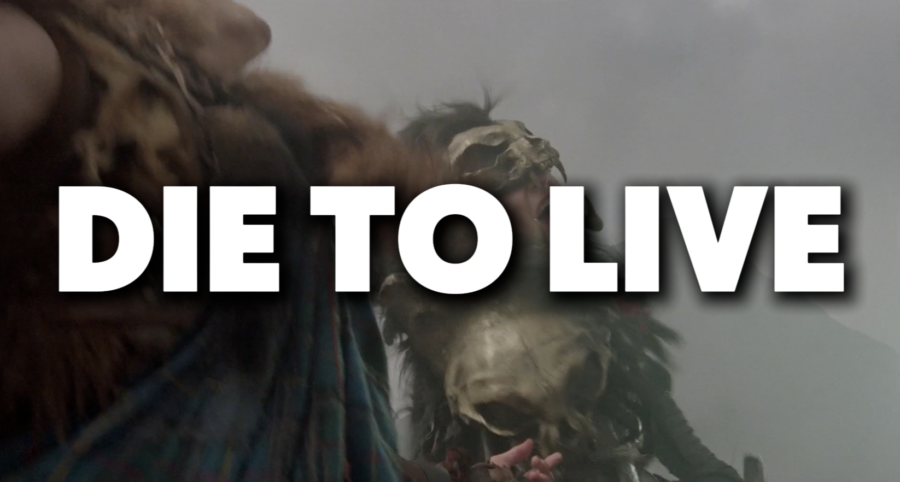
You must die to live forever.
Immortals are born just like anyone else. They grow up, they grow old. Immortals only become immortal when they’re killed for the first time.
They awaken from their first death totally healed. At that moment, their aging stops, and their appearance is frozen in time. There are immortals who look like children. A few are elderly.
Most Immortals end up dying for the first time in the prime of their life, and that’s no accident. Though the future Immortal doesn’t know of his or her own potential, other immortals can tell when someone has the potential power to live forever. They make it a point to make sure such a person dies at the right time, if they encounter them, in the hopes of gaining a powerful ally.
While this is not always universally enforced, veteran immortals typically leave newbies alone long enough to get training from a seasoned warrior.
Rule 3: Take His Head
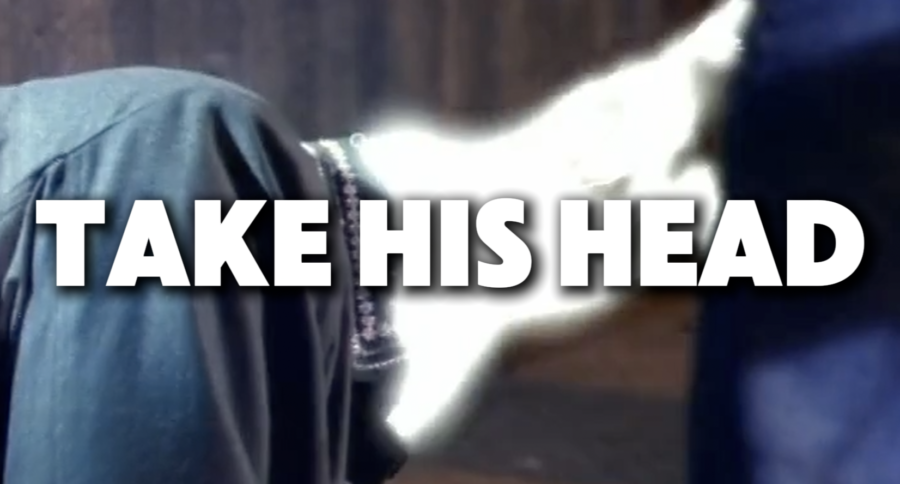
Immortals can only be permanently killed through decapitation. Aside from decapitation, Immortals are immune to everything.
Sort of.
Immortals can be injured enough that they enter a state that appears to be death. But they are soon resurrected and totally healed. If they are not injured badly enough to “die”, Immortals heal from their wounds quickly.
Anyone can kill an Immortal. But there’s only one way to do it. You must chop off his head.
That’s why you don’t see Immortals battling each other with guns or flaming arrows. To properly kill an Immortal, you need to chop off his head, and the best device ever made for severing heads is a sword. For that reason, nearly every Immortal carries a sword at all times.
Rule 4: The Quickening
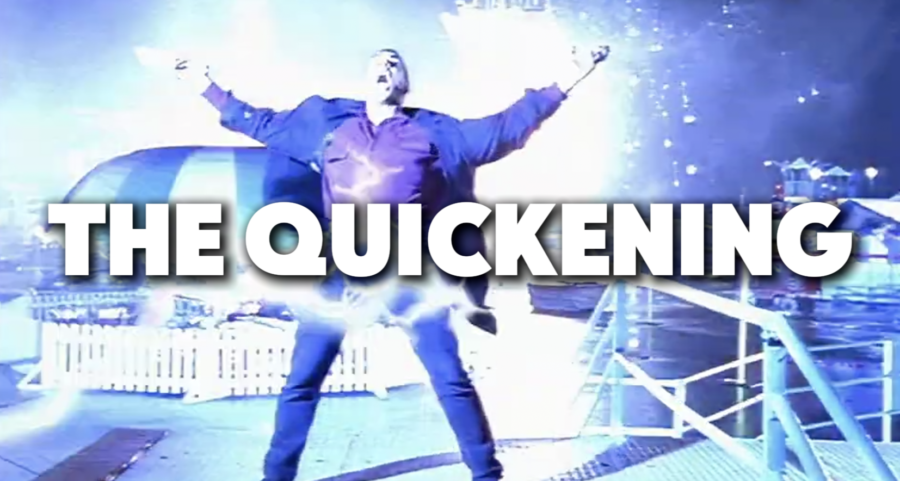
One of the reasons immortals in Highlander fight and kill one another is that the winner of a duel receives the Quickening, a process by which the victor absorbs both the knowledge and the power of the fallen immortal.
When an Immortal dies, powerful energies are released from his or her body. If another Immortal is nearby, they automatically absorb this energy and it makes them more powerful.
The process of absorbing a dead Immortal’s energy is called The Quickening and it’s not pleasant. It’s worth the pain, though, since the more immortals you kill the more powerful you are.
That increased power usually manifests in different ways and is rarely a drastic change. It could be slightly increased speed and agility, faster healing power, or some other less common ability.
The more powerful the Immortal you kill is, the more power you gain in the Quickening.
Rule 5: The Gathering
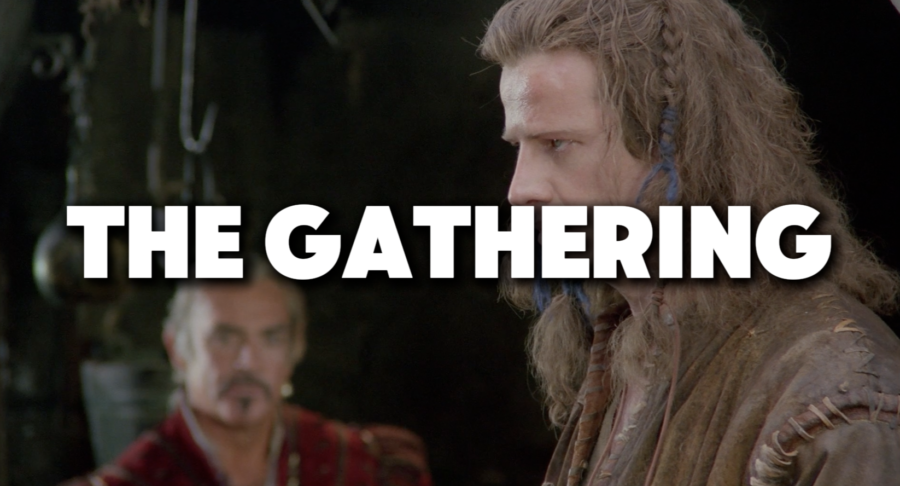
Immortals are instinctively drawn to each other. When it gets down to the last remaining few Immortals, that instinct becomes so strong it is irresistible.
Those remaining few immortals will be drawn together in one place for a final battle to see who will be the one. That time is called The Gathering, and it’s one that immortals look towards with both fear and anticipation.
Rule 6: Holy Ground
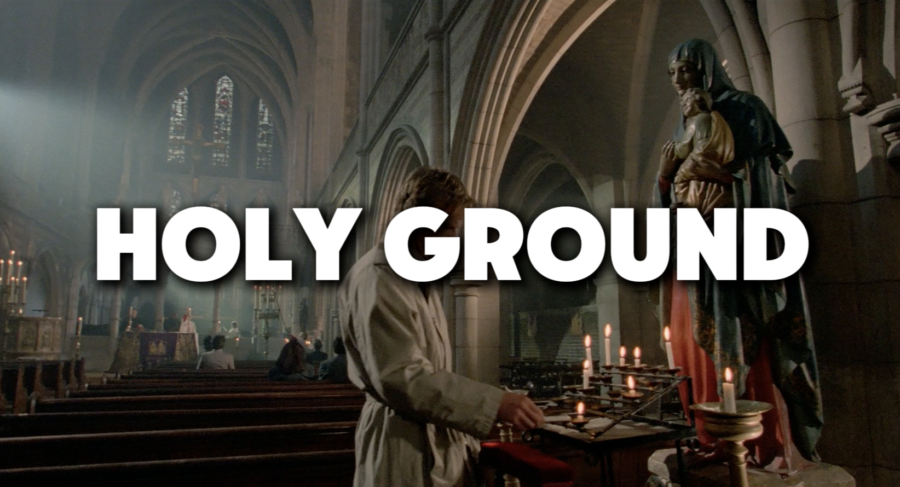
Immortals are not allowed to fight each other on Holy Ground. More than a tradition, it’s a rule enforced by an unknown otherworldly power.
When Immortals do fight on Holy Ground, the results are often disastrous. The Highlander television show tells us of a legend that two Immortals battling on holy ground led to the destruction of Pompeii.
As a result, Immortals less interested in fighting often hide for centuries on Holy Ground, as a way to stay safe and stay out of the battle for supremacy.
Rule 7: The Buzz
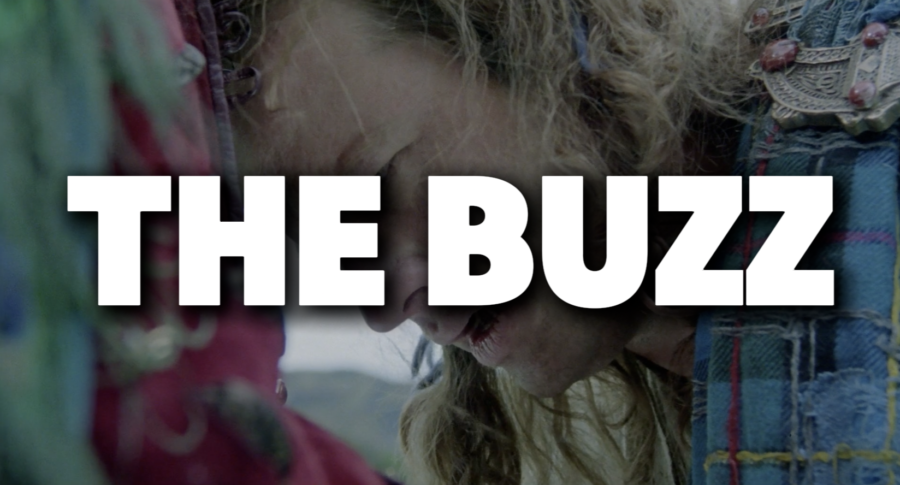
Immortals can sense when another Immortal is nearby. It’s a lot like Spider-Man’s Spidey-Sense.
They usually call this sense “the buzz” and it often manifests in physical symptoms like stomach pains.
Rule 8: One On One
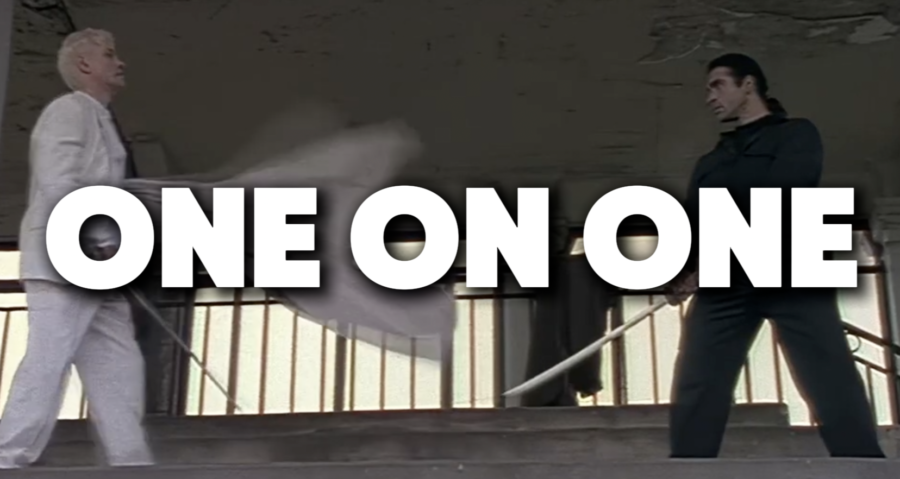
Perhaps not as much of a rule as a tradition, Immortals rarely gang up on each other and stick to fighting one-on-one. They can work together and go on missions together, but when it comes down to actual duels, those tend to be mano a mano.
That means two weaker immortals can’t team up to defeat a powerful Immortal. And it also means that becoming a powerful immortal won’t result in a lot of other Immortals ganging up on you.
In some cases, immortal allies have been known to sacrifice their lives to an Immortal friend, in order to give them the energy they need to face off against a more powerful adversary.
Rule 9: No Witnesses
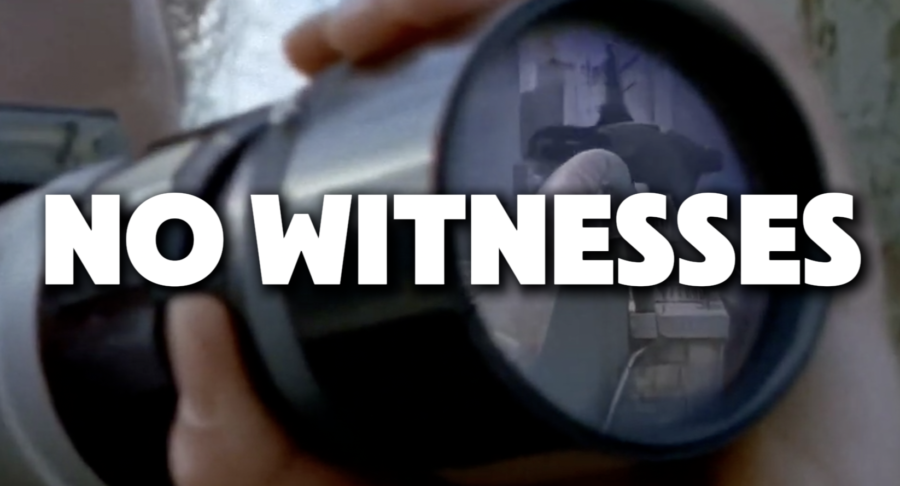
Immortals do not openly fight or even discuss their affairs where non-immortals may witness them. Presumably, this is for their own protection. If mortals knew of their existence, they would no doubt eventually find themselves hunted or made a spectacle of.
This rule is not strictly enforced.
Immortals have been known to confide in mortal friends whom they trust. If those mortal friends ran around telling others, though, no doubt they would be hunted by Immortals and killed themselves.
Rule 10: No Children
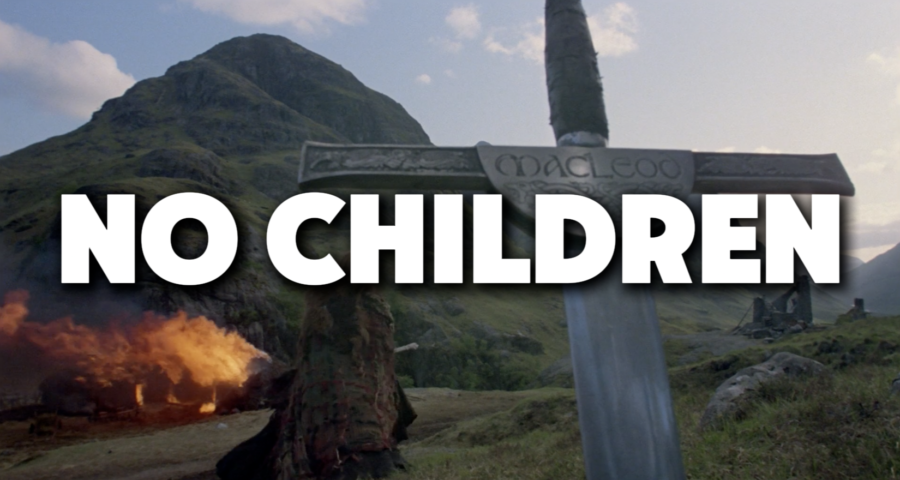
Immortals cannot have children. They are sterile from birth, and it’s probably for the best.
If you live for centuries and have children, your children will eventually out-age you and die while you keep right on going. It’s not a problem for Immortals since, biologically speaking, they cannot reproduce.
Rule 11: The Water Problem
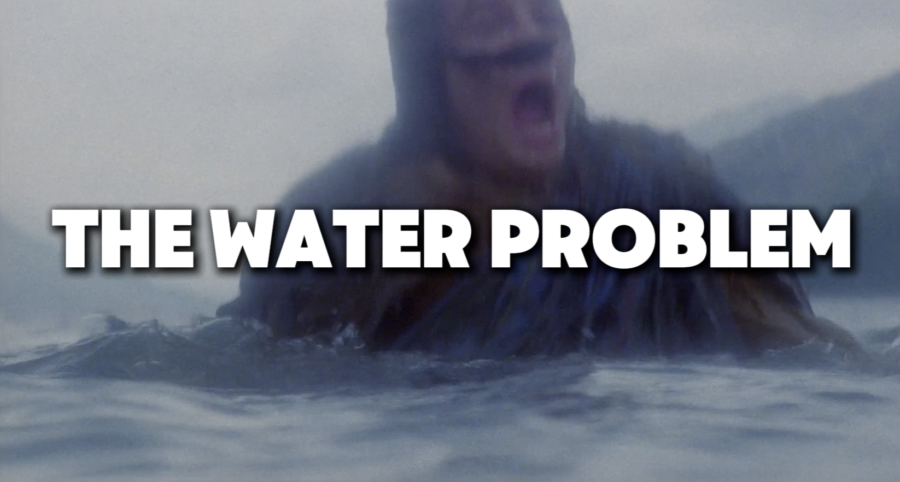
What happens if an Immortal gets dropped in the middle of the ocean? Given what you know of the premise so far, you might think they’d end up drowning and resurrecting in some sort of endless loop.
Highlander solved that problem from jump by giving Immortals the ability to breathe underwater. It’s a little used ability; after all, this isn’t Aquaman, but it’s been a consistent rule of their existence from the first Highlander movie. And it avoids the thorny issue of water as a potential achilles heel.
The Inconsistencies
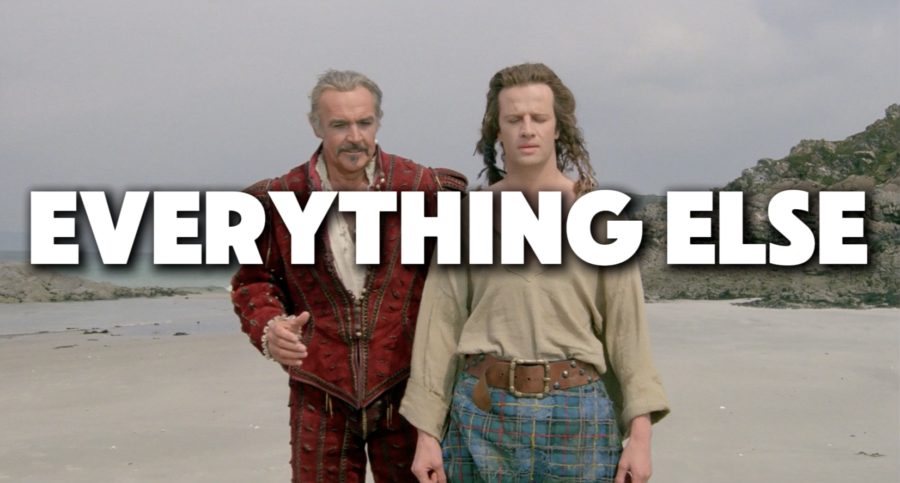
There are other minor rules and abilities which aren’t always consistent across the franchise.
For instance, in the original 1986 Highlander movie, Connor MacLeod is shown to have the ability to commune with animals and control them with his mind. That ability is basically never mentioned again, and that’s probably for the best.
The rules I’ve given you are the rules that matter most, and the ones that you should expect the franchise to adhere to as it moves forward.
Henry Cavill’s Highlander Movie
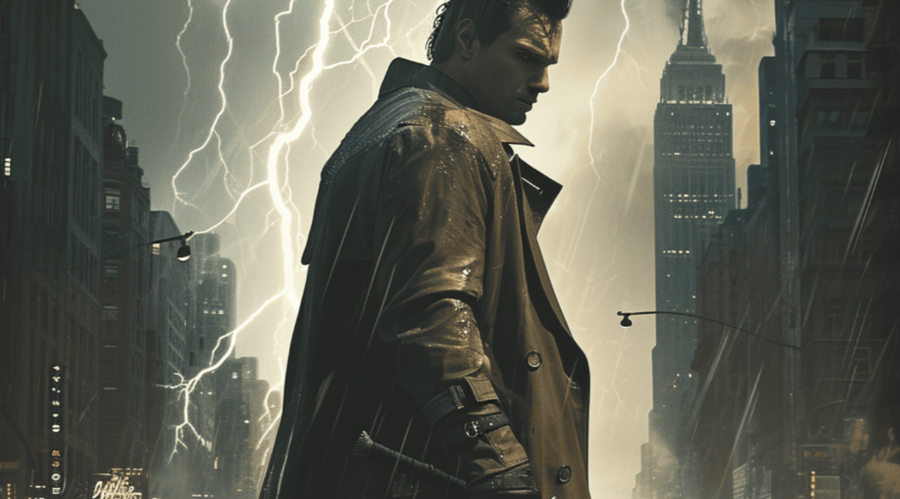
And it is moving forward. Henry Cavill is working on a reboot of the original 1986 Highlander movie right now.
In the meantime, if you haven’t dipped into the world of Highlander yet, I suggest skipping the movies and starting with the 1992 series. Highlander: The Series ran for six seasons and managed to eclipse the movies in the minds of most fans.
And remember, in the end, there can be only one.
May it be Duncan MacLeod. The Highlander.
Sorry Connor.












